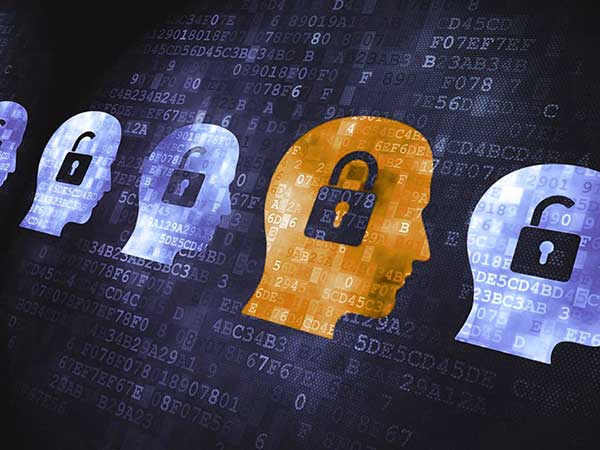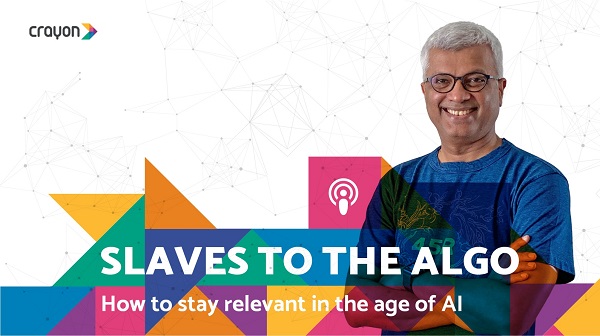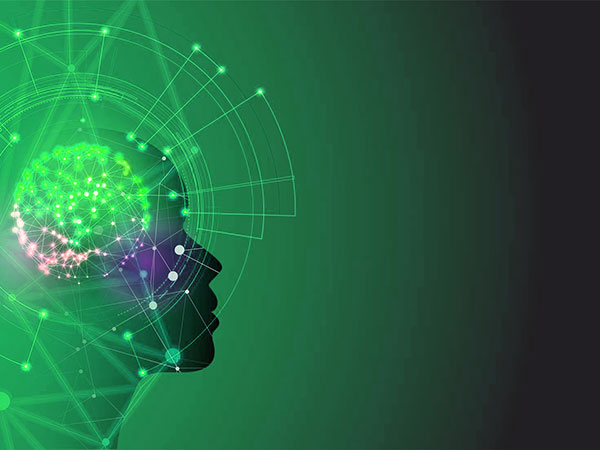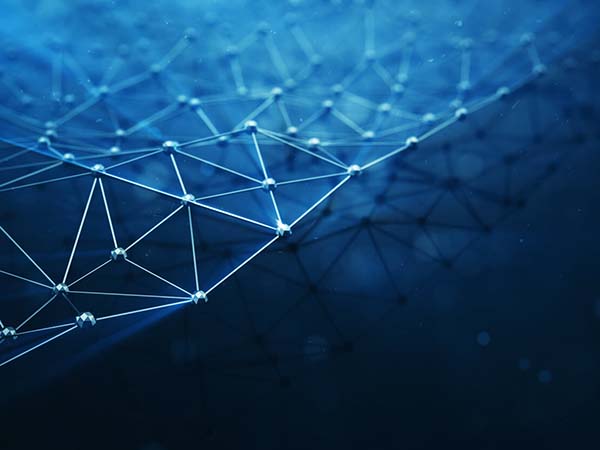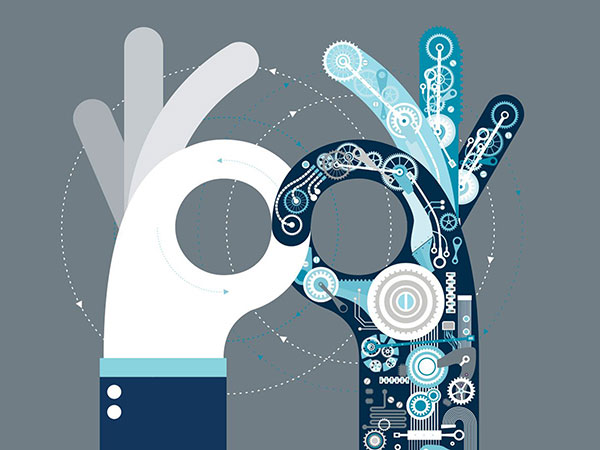There’s probably not one person on this planet at the moment that is unaware of the raging pandemic called the coronavirus (COVID-19). In less than four months, it killed around 183,000 people across the globe.
People are mad with the authorities, and they are angry with the World Health Organization for providing no results. You can say they are both right. A lot more could’ve been done.
To prove this claim, we need to highlight one name—it’s the Candian startup called BlueDot. It’s a proprietary SaaS that managed to discover the threat from coronavirus in December 2019. In February 2020, when the virus was raging in lots of different parts of the world, WHO officials said that COVID-19 had the potential to become a pandemic. They still didn’t understand the seriousness of the situation.
BlueDot uses an AI platform that’s designed to search through big data and warn about a possible outbreak. Before New Year’s Eve, the system detected Wuhan as a potential threat. No one from the authorities took this information seriously, though.
How Did AI Help with the Coronavirus Spreading?
Still, after the pandemic has officially become a part of our lives, everyone started working on finding a solution to the problem. Some may ask how computers can help in finding a vaccine or a cure for a virus? Well, keep on reading and see what has been done so far.
Collecting Data
The Chinese, who were on the front line since the beginning, had to experiment with everything. However, their government’s “passion” for social control has been going strong for a long time, so they were ready to run a check on every single person comprising a nation of 1.4 billion citizens.
They managed to install all kinds of AI software across the country quickly. Bus and train stations, airports, markets, everywhere where people walk in large groups every day. The software measuring body temperature through scanners easily detected suspicious cases. Very soon, data were collected and managed to be processed with ease even though the country has more people than North America and Europe combined.
Drone Control
When the Chinese authorities realized that Wuhan had to be shut down, they brainstormed about how to deliver the essentials to their citizens. Someone obviously mentioned drones, which turned out to be a terrific idea.
They used drones for three main things—disinfection, delivery, and transportation of samples. Drones helped the workers stay safe and avoid potentially infected people. They also utilized fast transportation of swab samples from one place to another, enabling even quicker reaction and control of the spreading.
Vaccine Development
There are more than 40 companies from all parts of the world working on vaccine development at the moment. A few of them managed to start testing on humans.
At this stage, it’s essential to develop a vaccine that works and has little to no side effects. Scientists are working around the clock, but no matter how fast they’re working, new information from other labs and other scientists are coming in, providing more insights into the coronavirus.
AI is capable of going through all the data about it from the beginning to the present moment in just seconds. Scientists must be aware of all this and use the AI software to complete the puzzle before finalizing the process.
Scanning and Alerting on Possible Outbreaks
If you got off the plane today, a thermal camera would scan you to see if you’re sick. Without even realizing it, the machines led by AI software have total control over the situation.
That’s something that should’ve been done from day one when the patient zero arrived in the States. Now, with almost 50,000 deaths, it’s too late to talk about what could’ve been done. We can only conclude that this must be a common practice in the future.
The first cases of “pneumonia of unknown cause” were reported in China in the first half of December. It’s understandable that health authorities in the States and other parts of the world can’t monitor what happens in every hospital around the world, but something else can—an artificial intelligence platform like the one that BlueDot created.
We live in the age of technology, and every information is available online immediately. The first case reported in the States was on January 22. One day earlier, the Chinese scientists already had a paper on the subject.
A machine that tracks these changes around the world can help save thousands, if not millions of lives. We don’t know what the next outbreak will look like, so it’s better to be prepared and cautious.
Finding Fast Solutions and Prevention Before It’s Too Late
If the world must learn something from this pandemic, it’s the importance of recognizing threats and reacting on time. Imagine how the outcome would be completely different if the authorities recognized the seriousness of the situation in mid-December last year and shut down Wuhan so that the virus couldn’t spread.
The world economy is going to lose more than a trillion US dollars over this, and not to mention the lives of people who can’t be brought back.
Authorities must act accordingly and prevent future crises. Therefore, they need to use the technology that has shown to be beneficial in managing the coronavirus. As we mentioned, AI software is capable of scanning and collecting data on large groups of people in one place at the same time. One suspicious case will place everyone nearby in isolation.
Also, accessing big data and scanning through petabytes of information every day will undoubtedly be useful. Once the system finds a potential threat, the alarm will be raised, and major outbreaks will be prevented before the situation turns critical.
WHO-Managed Apps Will Play a Significant Role
Coronavirus apps used to detect people who carry the disease exist in most parts of the world now. There’s a lot of discussion about their privacy, though. These concerns are justified, but let’s take a look at the big picture for a moment.
What would you give up to know who around you is a carrier and who is safe? Almost everything, right? The World Health Organization must take matters into its own hands and demand from governments to make these apps mandatory because, at the end of the day, it’s more important to prevent the spreading of a deadly virus than to think about hurting people’s feelings.
Sure, this may sound like the invasion of privacy, but we’re facing lots of serious issues here. The planet’s temperature is rising, which makes it perfect for viruses to mutate, and no one can predict when the next outbreak will happen. What if the next one is airborne and causes the same number of fatalities like this one? We’re talking about the survival of humanity here.
Since we live in a digital age, and almost everyone around us has a smartphone, it would be easy to create an app that would be connected with other apps to share information. If we can practice social distancing at the moment to avoid getting infected, why not raise the stakes and make things easier. WHO would be in charge of making sure that people’s rights are protected.
Healthcare Needs a Technological Makeover
A lot of countries in the world still have the same working conditions that were considered normal some 50 years ago. For example, 1.3 billion people live in India, and over 65% of them live in rural areas. They don’t have access to basic healthcare, and talking about advanced technology is a matter of science fiction. We’re talking about 850 million people.
The developed world and countries claiming to have state of the art technology and modern hospitals also faced thousands of deaths. Italy and Spain both have more than 20,000 deaths because they didn’t take matters seriously and opted for traditional measures, thinking that this is just the seasonal flu.
The outcome—a complete disaster. The coronavirus hit the healthcare system in Europe like a tsunami. The healthcare system collapsed, and people were literally dying in the hallways.
Remodeling of the way doctors and nurses work is essential. New approaches to problems in healthcare are needed. The coronavirus and the healthcare industry problems are the proof we need to reshape this segment of society. Governments must invest more in modernizing healthcare. Technology must be implemented everywhere to help health workers do a better job.
It’s not just artificial intelligence that could be beneficial to healthcare. There have been so many technological breakthroughs in the last decade that it would be a shame not to use them right away.
We’re talking about drones and autonomous vehicles that can transport samples and patients. We’re talking about telehealth and treating patients without being physically present at the doctor’s office. Augmented and virtual reality can make all this possible. Apps that control how a potential threat is moving and spreading the virus, and of course, what we’re mainly talking about here—combining AI and big data to make sure we’re safe.
Conclusion
When the curve starts flattening everywhere, and the situation becomes normal again, experts and officials will surely start analyzing and making sense of what happened around the world. They need to understand that we must be prepared for the next big thing.
In 2015, Bill Gates said in one of his TED Talks that “we’re not ready for the next epidemic.” In his speech, he claimed that we had the technology to do a good job, and yet, when coronavirus came, we didn’t use any of it. Not to mention that in the past five years, technology advanced a lot, and now we’re even more capable of fighting if we use it properly.
We were warned, but we didn’t listen. It’s just human nature, someone would say. We don’t learn by listening, but by experiencing. Hopefully, experiencing the devastating power of COVID-19 will be a lesson for everyone, and we’ll use all available means to curb the next epidemic.











